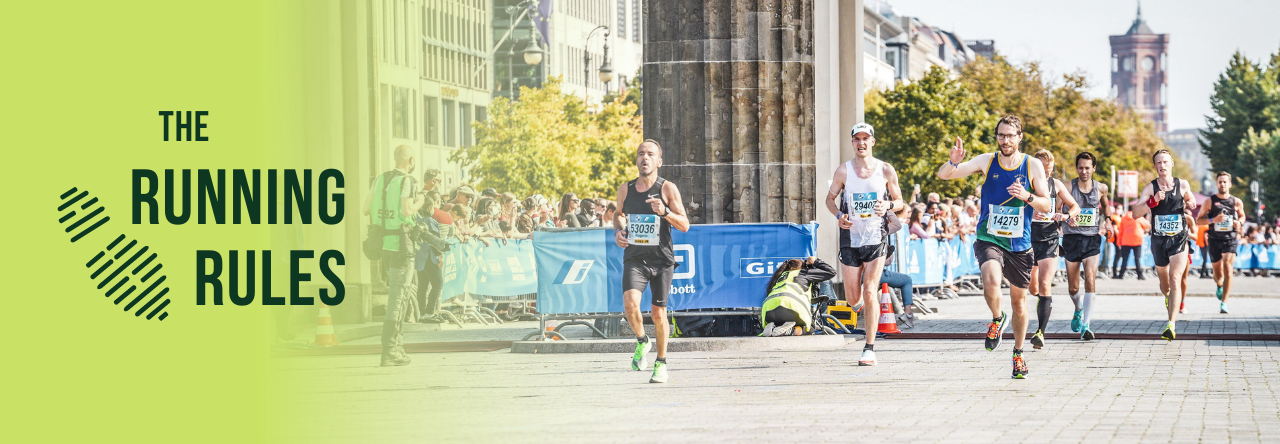Small improvements in your training can lead to minutes off your 5/10k times. You’re already making the effort to go out for runs during the week so you’re 90% of the way there. The last 10% ingredient is variety.
Weekly Ingredients
1 x long run at ‘easy’ pace for endurance
1 x interval session at ‘target pace’ for speed
1 x tempo run with middle half at ‘threshold pace’ for stamina (speed over distance)
1 x medium run (with hills if possible) at ‘steady pace’
or
1 x hill repeats session for strength
Preparation of pace
The key here is that every session is different and builds a different dimension to your training. You will notice that the pace of each session is different. This is important because you at least get some training at target pace but don’t burn yourself out going too fast. There are lots of terms for different paces but here is how I like to think of different paces:
- Target Pace – This is how fast you will run in your race.
- Threshold Pace – 10% slower than target pace
- Steady Pace – 20% slower than target pace
- Easy Pace – 30% slower than target pace
You can play around with these values as it is not an exact science but another way to think of it is how you feel when running at these paces:
- Target Pace – No talking – fully focused on running. Pretty close to your max. A.K.A. ‘Silent Pace’
- Threshold Pace – You can utter a few words but not much. Still challenging. A.K.A. ’20 Questions Pace’ (i.e. you can only answer yes or no)
- Steady Pace – You’re able to have a conversation but you won’t want to talk the entire time. A.K.A. ‘How do you do? Pace’
- Easy Pace – You’re able to chat throughout the run. A.K.A. ‘Conversational Pace’.
Preparation of distance
Another varying factor is distance. For 5k and 10k, it is possible and advantageous to train above the target distance. The long run builds up strength and also psychologically gives a boost of knowing you can run further. Again, there is no exact science but changing km to miles gives an idea of a suitable distance for a long run. i.e. 5 miles for 5k training and 10 miles for 10k training. This is less advisable for longer distances, especially marathons as the fatigue it produces outweighs the benefits.
The interval sessions build up speed over short distances. This allows you to practice the speed you need to run at but allowing your body to recover in between. The jog recovery should be even slower than easy pace, literally just to keep moving.
Typical sessions are:
- 6 x 3 minutes with 90 seconds jog recovery
- 8 x 2 minutes with 1 minute jog recovery
- Pyramid (1-2-3-4-4-3-2-1) minute intervals with half time recovery
The tempo run is an important ingredient. The distance can be in and around your target distance but a typical session is split as follows:
- First mile at steady or easy pace
- Middle 1 to 5 miles at threshold pace
- Last mile at steady or easy pace
Preparation of terrain
The medium run can be any distance up to your target distance but will be more beneficial if it involves hills. Or instead, you can do hill repeats which involves running up a hill for 60 to 90 seconds and walk or slow jog back down. You can start with just 6 and build up to 16 and this will improve strength. Most races will have some hills in them and if not, running on the flat will be much easier after training on hills.
Result
By varying your pace, terrain and distance through your training program you will develop speed, strength and stamina. A lot of people only focus on distance; by incorporating all three, you will see your 5k and 10k times drop by minutes.
